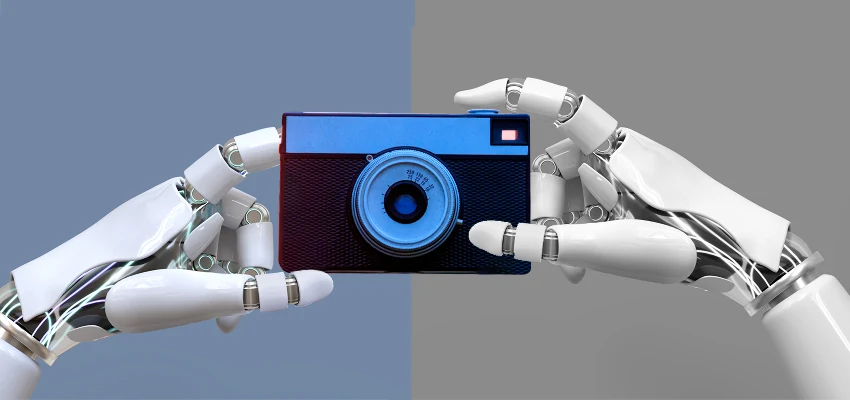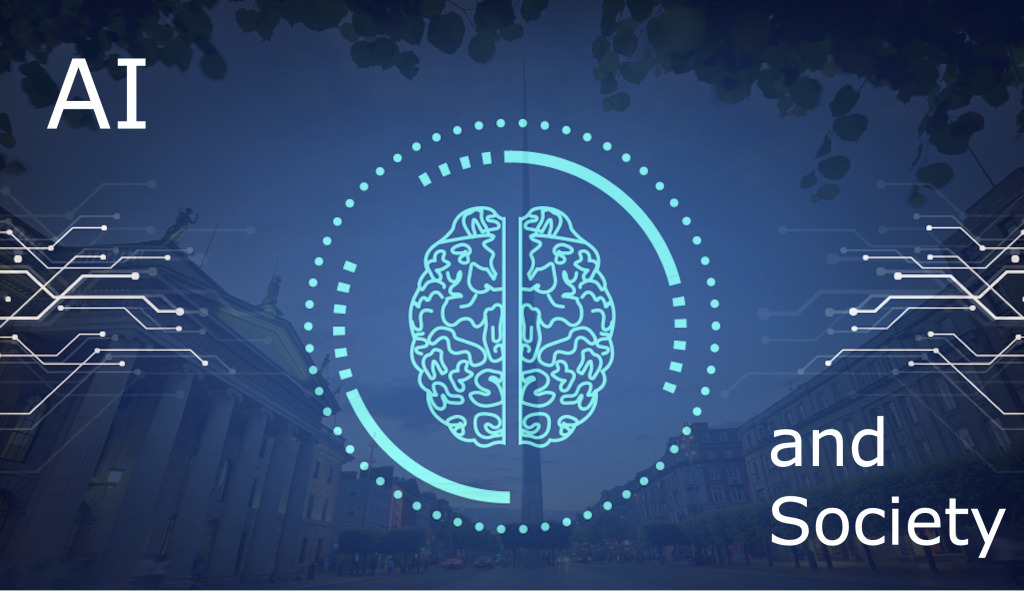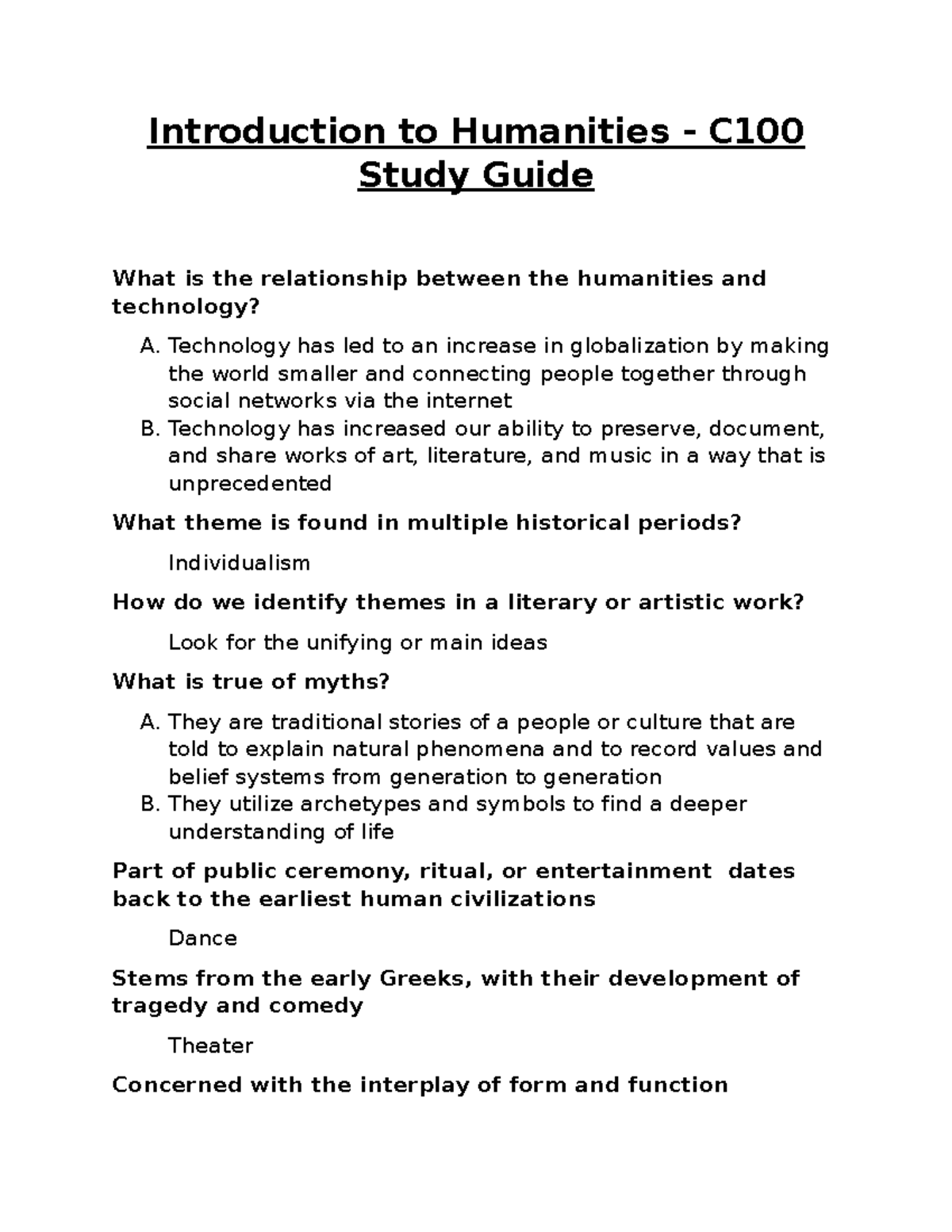AI in photojournalism is transforming the way we capture and preserve powerful visual narratives. As this technology continues to evolve, it brings with it both opportunities and challenges for photographers dedicated to documenting the truth. With concerns surrounding copyright violations and the authenticity of images, many in the industry are questioning the ethics of using AI in telling visual stories. However, groundbreaking thinkers like Kira Pollack are harnessing AI technology and photography to safeguard our photo archives, ensuring that valuable records of historic events remain accessible. By addressing the digital photography challenges we face today, the integration of AI may revolutionize visual storytelling with AI, allowing us to maintain our connection to the past while navigating a rapidly changing landscape.
The integration of artificial intelligence within the realm of visual journalism is reshaping the way we interact with images that narrate history. This innovative technology not only aids in the organization and preservation of extensive photo archives but also confronts the pressing ethical dilemmas arising from modern photography practices. As the craft evolves, photographers are tasked with balancing creativity and the authenticity of their visual narratives amidst the challenges posed by digital advancements. Key industry leaders are exploring how AI can enhance the storytelling process while remaining vigilant about the potential risks associated with image manipulation. Ultimately, adopting AI technology responsibly may provide crucial insights to uphold the integrity of photojournalism as we advance into a new era.
The Role of AI in Preserving Photo Archives
Artificial intelligence has emerged as a pivotal tool in the field of photography, especially when it comes to preserving the vast archives of photojournalism. While there are concerns about AI technology and its potential to distort visual truth, there is also a bright side. By utilizing AI, professionals like Kira Pollack are finding innovative ways to safeguard the invaluable materials that depict our historical narrative. These archives, often overlooked, contain a wealth of untapped stories waiting to be explored. By employing AI, we can digitize, catalog, and preserve these treasures, transforming them from dusty boxes into accessible visual stories that resonate with today’s audience.
Moreover, AI technology can assist in organizing these photo archives in a way that retains their context and meaning. By creating sophisticated tagging systems and metadata, AI can enhance discoverability, ensuring that future generations have access to these essential records. In collaboration with skilled photojournalists, AI can analyze collections and extract keywords that offer insights into significance and impact, thus preserving not just the images but the narratives behind them. This use of AI emphasizes memory and authorship, ensuring that the integrity of the images—and their creators—are honored in the digital age.
Addressing Challenges of Digital Photography
The rapid evolution of digital photography presents both opportunities and challenges for photojournalism. On one hand, new technologies can enhance creativity and streamline production processes. However, they also introduce complexities surrounding authenticity and ownership. As generative AI tools continue to advance, the line between real and synthetic images blurs, raising serious questions about trust and ethical standards in photojournalism. This scenario demands that photojournalists adapt and respond to the challenges posed by these digital advancements.
The implications for visual storytelling with AI are profound. While the technology offers innovative avenues for creating content, it also poses ethical dilemmas, particularly concerning copyright violations. Photojournalists face risks from AI models that scrape images without consent, jeopardizing their rights and diminishing the value of their work. Therefore, discussions around photojournalism ethics are crucial as industry professionals navigate this shifting landscape. By addressing these challenges proactively, journalists can work towards establishing ethical frameworks that protect both their legacies and the trustworthiness of visual narratives.
Exploring AI’s potential in photojournalism unveils a spectrum of possibilities that can enhance and fortify the craft. As professionals engage with the technology, they not only discover innovative ways to tell stories but also grapple with the need to uphold core values such as truth and integrity. This balancing act between embracing digital advancements and preserving ethical standards defines the future trajectory of photography as a vital art form.
Frequently Asked Questions
How is AI technology being used in photojournalism to preserve photo archives?
AI technology is being implemented in photojournalism to help preserve photo archives by utilizing machine learning algorithms to catalog, organize, and contextualize vast collections of images. This approach allows for the efficient management of thousands of photos that often showcase critical historical moments, ensuring these visual records are both accessible and protected from misuse.
What are the ethical considerations in using AI for photojournalism?
When incorporating AI into photojournalism, ethical considerations include ensuring that AI does not misrepresent reality through manipulated images and safeguarding photographers’ rights over their work. It’s essential to use AI responsibly to maintain the integrity of visual storytelling without exploiting or distorting the original context of the captured images.
Can AI address the digital photography challenges faced by photojournalists?
Yes, AI can help address various digital photography challenges faced by photojournalists, such as managing large databases of images and enhancing metadata for searchability. By automating these processes, AI ensures that important visuals are easily discoverable, allowing photojournalists to find and utilize them effectively while also preserving context.
What role does AI play in visual storytelling with photojournalism?
AI plays a significant role in visual storytelling by analyzing images to extract nuanced insights, which can enhance the narrative quality of photojournalism. By interpreting complex scenes and emotional contexts, AI technologies can help photojournalists craft more engaging stories that resonate with audiences and convey deeper meanings.
How can AI technology impact photojournalism ethics concerning authorship and ownership?
AI technology raises important questions regarding authorship and ownership in photojournalism. As AI generates or repurposes images, it becomes crucial to establish guidelines that respect original creators’ rights and ensure that their works are not unethically used for AI training or reproduction without consent.
| Key Point | Details |
|---|---|
| AI’s Threats to Photojournalism | AI generates synthetic images, risking copyright violations and blurring the line between real and fabricated images. |
| Kira Pollack’s Vision | As a leading visual storyteller, Pollack explores how AI can preserve photojournalism’s integrity and archives. |
| Research Focus | Pollack is researching the use of AI to catalog and protect the archives of professional photojournalists. |
| Case Studies with AI | Experiments conducted using Christopher Morris’s archive to evaluate AI’s ability to analyze complex war photographs. |
| Dual Roles of AI | AI can either create new images, potentially eroding trust, or preserve and organize existing photojournalism ethically. |
| Future Aspirations | Pollack hopes to facilitate dialogue about technology’s impact on journalism, emphasizing truth, authorship, and memory. |
Summary
AI in photojournalism presents a challenging yet intriguing dynamic that could redefine the industry’s future. While artificial intelligence poses significant risks to the integrity of photography, particularly regarding copyright and the authenticity of visual narratives, it also holds the potential to revolutionize how archives are preserved and organized. Kira Pollack, a prominent figure in visual storytelling, aims to harness this technology to safeguard photojournalism’s historical records. By leveraging AI to catalog complex images from significant events, Pollack is not merely reacting to changes brought about by technology; she is actively seeking to shape its application to ensure the preservation of truth and the legacy of photojournalism.


